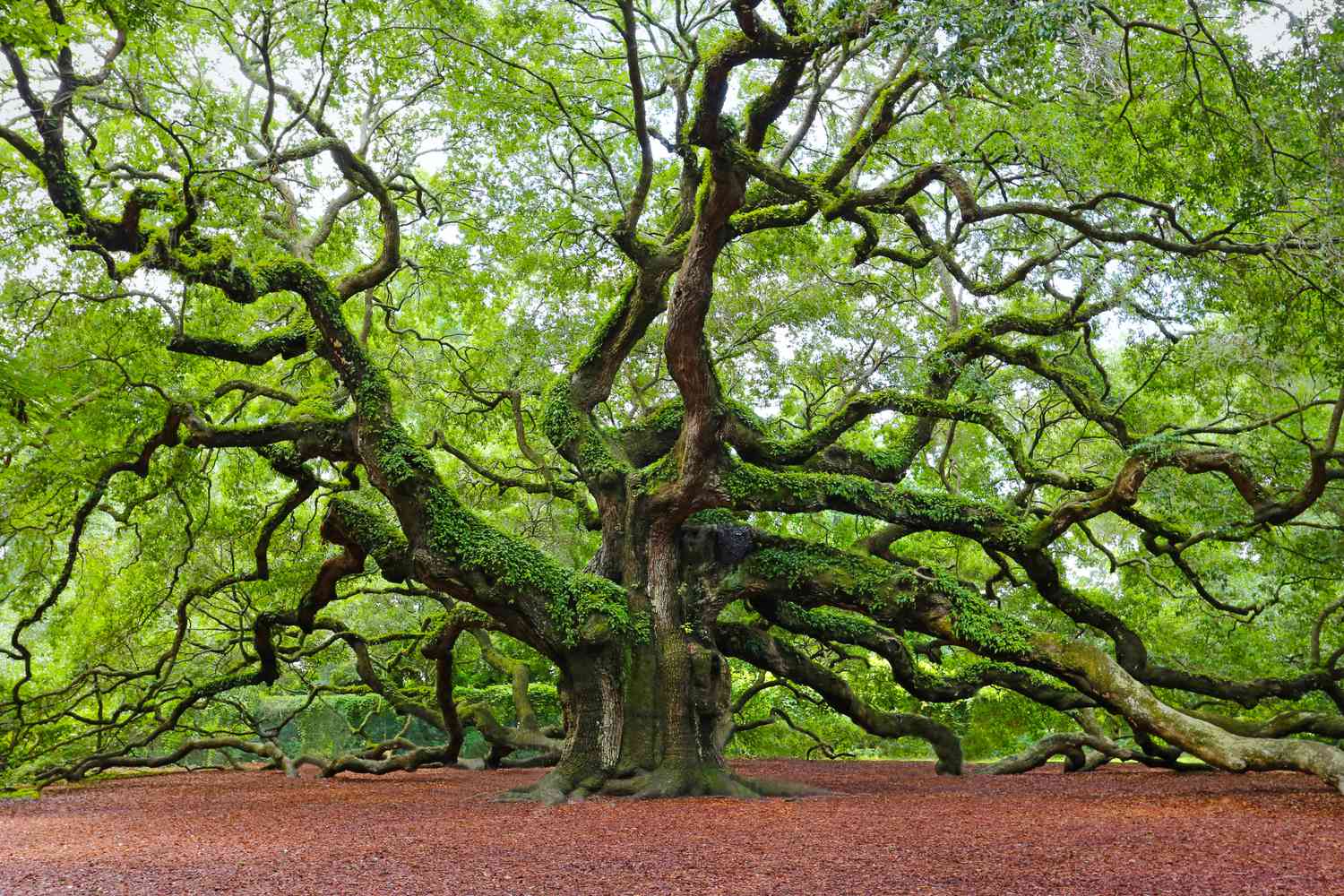I never thought I would spend my weekends staring at trees, notebook in hand, trying to remember the difference between a maple and an oak. Trees had always been the backdrop to my life—the silent witnesses to my comings and goings—but never subjects of curiosity. Then, one spring morning, I found myself walking past the same row of trees I had passed a thousand times and realized I didn’t know a single one by name. That day marked the beginning of an unexpected obsession, and with it, a subtle shift in the way I experience my neighborhood.
At first, it was simple curiosity. I started small, pausing to examine leaves and bark, comparing them to photos on my phone. I learned to notice the difference between the jagged edge of a chestnut leaf and the gentle lobes of a maple. I realized that trees, much like people, have personalities: some stand tall and imposing, their branches stretching like confident arms, while others lean slightly, shy, almost bending to whisper secrets to passersby. Walking became less about getting from point A to point B and more about observing these silent companions.
I began to see patterns. The silver birches clustered near the park entrance, delicate and graceful, their white bark almost glowing in the morning light. The oaks, sturdy and unyielding, formed a natural canopy along the streets, sheltering everything beneath them. Even the unassuming pines, with their sharp scent, reminded me of quiet mornings at my grandmother’s cabin. Each tree seemed to carry memories and stories I had never noticed before, and suddenly, my neighborhood felt alive in a new way.
The learning process itself was strangely meditative. I would crouch to examine moss growing in the nooks of bark, trace the veins of leaves with my fingers, and listen to the rustle of branches overhead. Sometimes, I would close my eyes and inhale deeply, letting the scent of damp soil and pine needles settle into my lungs. There was a rhythm to this practice, a slow unfolding of attention, and it reminded me of a kind of mindfulness I had been searching for without realizing it. The trees taught me to notice, to slow down, to really see the world around me.
One afternoon, I met a neighbor who had noticed me scribbling furiously in my notebook near a particularly gnarly old oak. She smiled and asked what I was doing, and for the first time, I explained that I was trying to identify the trees. Her eyes lit up, and we spent the next twenty minutes pointing out different species, sharing names and peculiar traits. I realized that learning about trees was not just a solitary activity; it created a quiet kind of community. There was a shared appreciation for these living monuments that I had never tapped into before.
As the weeks passed, I started noticing subtler changes in my perspective. A tree I had once passed without thought now became a marker of seasons. The first green shoots of spring, the fiery red of autumn leaves, the skeletal branches against a winter sky—all these cues became more vivid and meaningful. My walks were no longer routines; they were explorations. I timed my errands to coincide with the sunlight hitting a favorite row of maples, or to catch the shadow patterns of the birches in the late afternoon. The neighborhood had transformed into a living map, full of hidden beauty and temporal markers I had previously ignored.
I also began to notice the tiny interactions between trees and the rest of the environment. Birds nesting in branches, squirrels darting between trunks, even the way wind moved differently through a dense row of oaks versus a single cherry tree. Each tree had its own microcosm, its own ecosystem, and observing this subtle choreography deepened my appreciation for the quiet complexity of life. I started bringing a small camera to document patterns—the way sunlight caught on bark, or how leaves swayed in rhythmic harmony. It felt like discovering a secret language that had always been there, just out of reach.
Learning to identify trees also changed the way I interact with other natural elements. I noticed how the soil varied under different species, how moss preferred the shady bases of maples but clung to the sunny sides of birches. Rain revealed hidden textures on bark, and the wind carried different scents depending on the tree I walked past. Each observation, no matter how small, became a thread weaving me more deeply into the tapestry of my surroundings. What once felt like a mundane neighborhood stroll became a form of storytelling, each tree a character with history, presence, and quirks.
Interestingly, this practice also changed my internal rhythm. I became more patient, more observant, and less focused on speed or efficiency. I would linger, sometimes deliberately taking detours to reach a familiar tree at the right time of day, appreciating the quality of light or the sound of leaves in the breeze. There was a certain joy in the slow accumulation of knowledge—the satisfaction of recognizing a hickory leaf without hesitation or correctly identifying a young elm. Knowledge, in this case, was tangible and connected directly to the senses rather than abstract or digital.
The more I learned, the more playful the experience became. I began making mental stories about the trees, imagining them as old friends or eccentric neighbors, each with distinct traits. Some were matriarchs of the block, others mischievous teenagers shaking branches in the wind. I even started noticing seasonal “mood swings,” like the way a particular maple’s branches drooped under summer heat or how the birches’ leaves glimmered like tiny gold coins in autumn sunlight. It became a personal mythology that intertwined observation with imagination.
By the end of the season, what had started as a casual curiosity became a practice that reshaped my relationship with time, space, and attention. I no longer rushed through streets; I measured distance by trees, noted patterns in leaf growth, and anticipated seasonal changes with quiet excitement. My neighborhood was no longer just a set of buildings and roads—it was a living organism, a gallery of silent teachers that encouraged me to pause, observe, and connect.
Learning to identify trees in my neighborhood revealed a larger truth: that wonder often hides in plain sight. It is easy to overlook the ordinary, but when we slow down, give attention, and seek understanding, even the most familiar landscapes can transform into arenas of discovery. Trees, patient and unhurried, taught me that presence matters, that details are significant, and that joy can be found not just in grand adventures, but in quiet observation and daily practice.
In a world where time often feels fractured and fleeting, these trees became anchors. Their constancy reminded me that growth and change happen at their own pace, that life has rhythms we cannot force, and that observing patiently can yield rewards far beyond what we initially expect. Now, even when I walk past them without my notebook, I carry the lessons of those quiet afternoons: to look, to notice, and to find unexpected joy in the green, living giants that surround me.



